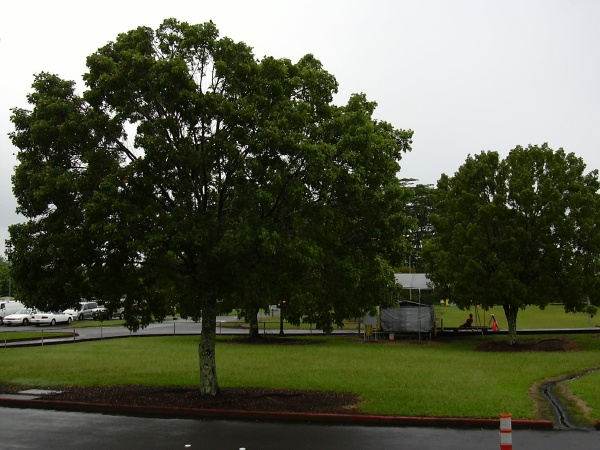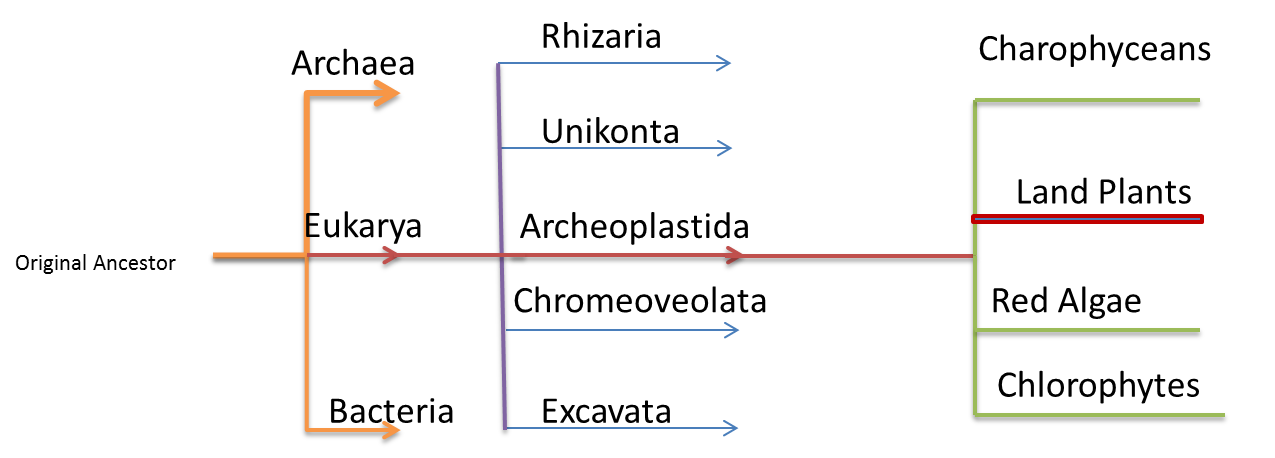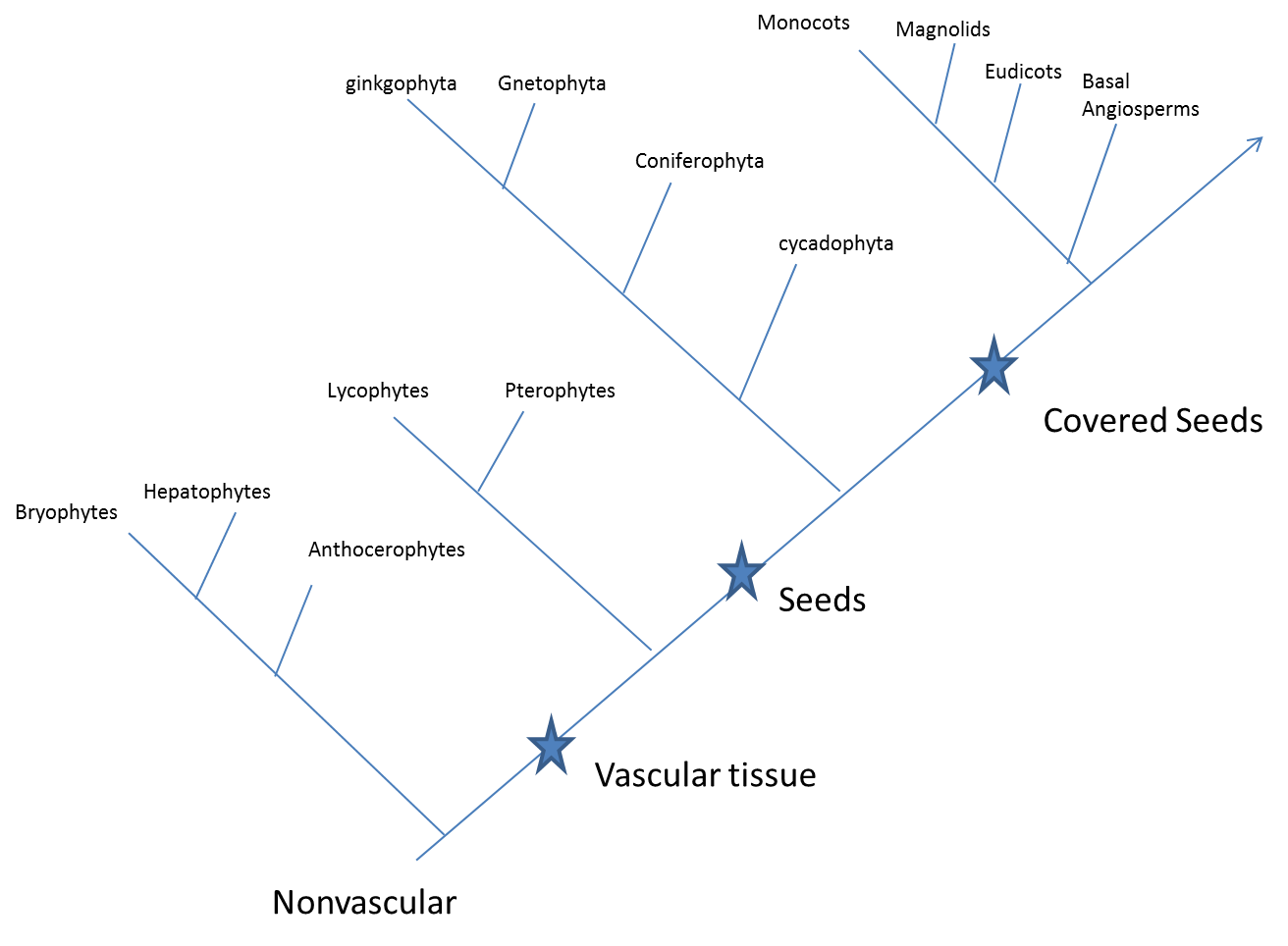
Scientific Classification
Domain—Eukaryota: Organisms in this classification possess a true nucleus and membrane bound organelles.
Kingdom--Plantae: This kingdom consists of multicellular
organisms that are autotrophic (self-feeding) and contain cell walls made of cellulose.
Subkingdom—Tracheobionta: These organisms are vascular plants,
containing tissues necessary for transporting water and essential nutrients to the plant.
Super Phylum—Spermatophyta: Organisms under this category
produce seeds.
Phylum—Magnoliophyta: These organisms, also known as
angiosperms, are the flowering plants. They
can be distinguished from other seed plants by the fact that
their seeds are derived from ovarian tissue of the mother
plant.
Class—Magnoliopsida: Plants in this category’s leaves have
net-like veins (instead of parallel venation)
possess two cotyledons, vascular tissue arranged in bundles in a
ring (as opposed to scattered), produce flower parts in
multiples of four or five, and have one strong tap root as
opposed to a fibrous root.
Subclass—Rosidae: These organisms are known for the fact that
they possess many stamens that are usually more numerous than there are petals on the flower
itself.
Order—Sapindales: Organisms under this category are considered
“woody” plants, with compound leaves.
Family-- Meliaceae: Mahogany family
Genus-- Swietenia:The genus is named in
honor of Baron Gerard van Swieten.
Species--mahagoni: West Indian mahogany; Mahogany means “Deep red
wood” in English
~~~~~~~~~~~~~~~~~~~~~~~~~~~~~~~~~~~~~~~~~~~~~~~~~~~~~~~~~~~
In Science, the easiest way to distinguish relationships amongst organisms are through phylogenetic trees. The tree below is a very basic way to classify separate organisms into large groups, based on common traits they possess. These traits are known as synapomorphies among biologists.
In Figure A, the three Domain groups are represented in the first branching, in orange. The following super-groups are further divisions of the Domain Eukarya, represented by the blue. And finally, the green represents the separation of the super-group Archeoplastida, into Charophyeceans and Chlorophytes (which are classified as green algae) Lands Plants, and Red Algae. The mahogany tree is a member of the Land Plants, and its classification can be traced through the diagram above by the red arrows
This phylogenetic tree in Figure B is a continuation of the Land Plants from above, showing the traits (synapomorphies), indicated by stars, that we use to distinguish different species of plants from each other. Swietenia mahagoni follows along the right side of the tree because it has vascular tissue, covered seeds, and is classified as a eudicot. This means it possesses a strong, long taproot, has woody, secondary growth, and contains leaves with netlike venation (like the silver maple).
~Click here to learn more about classifications of LIFE!~

